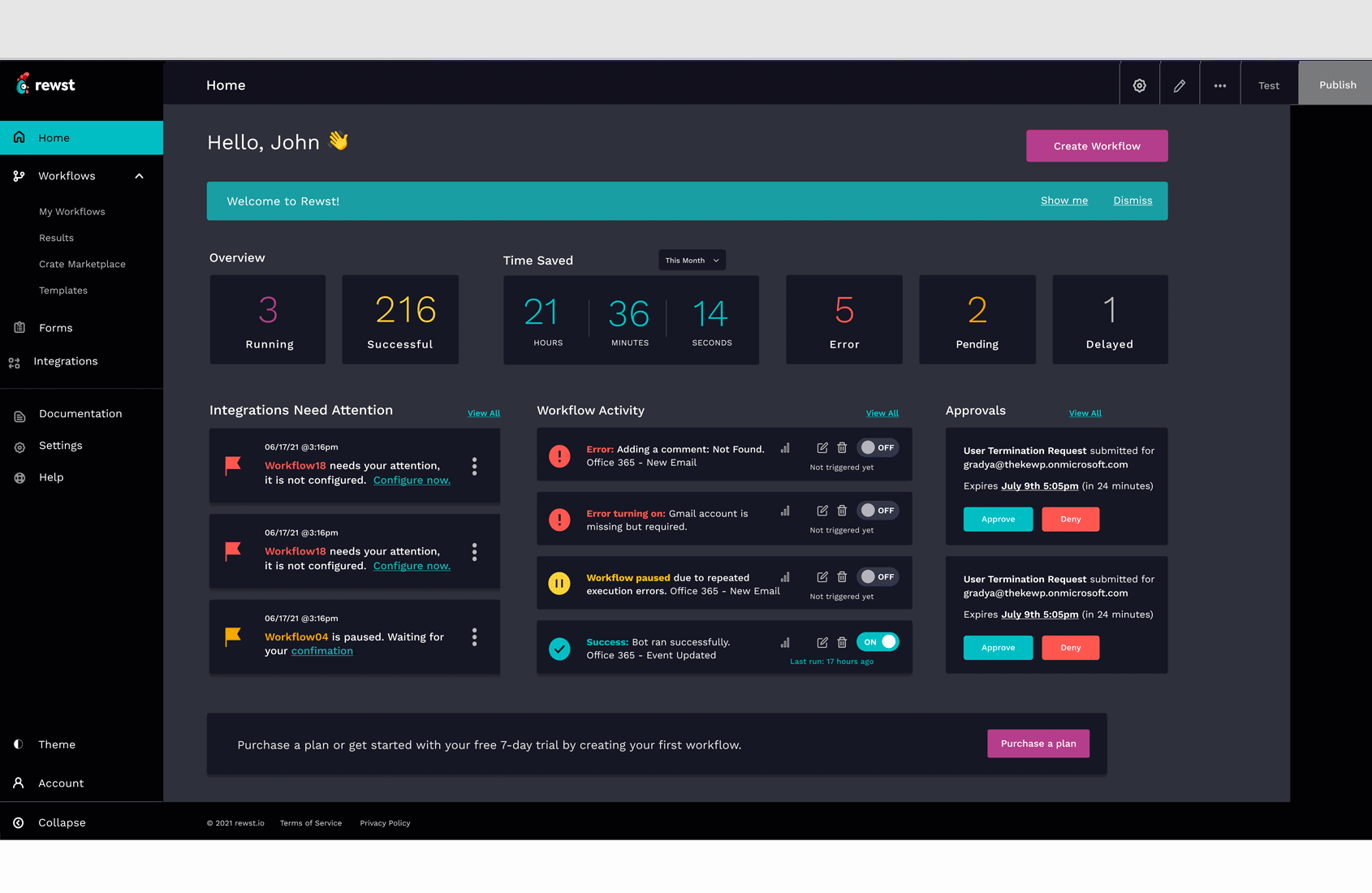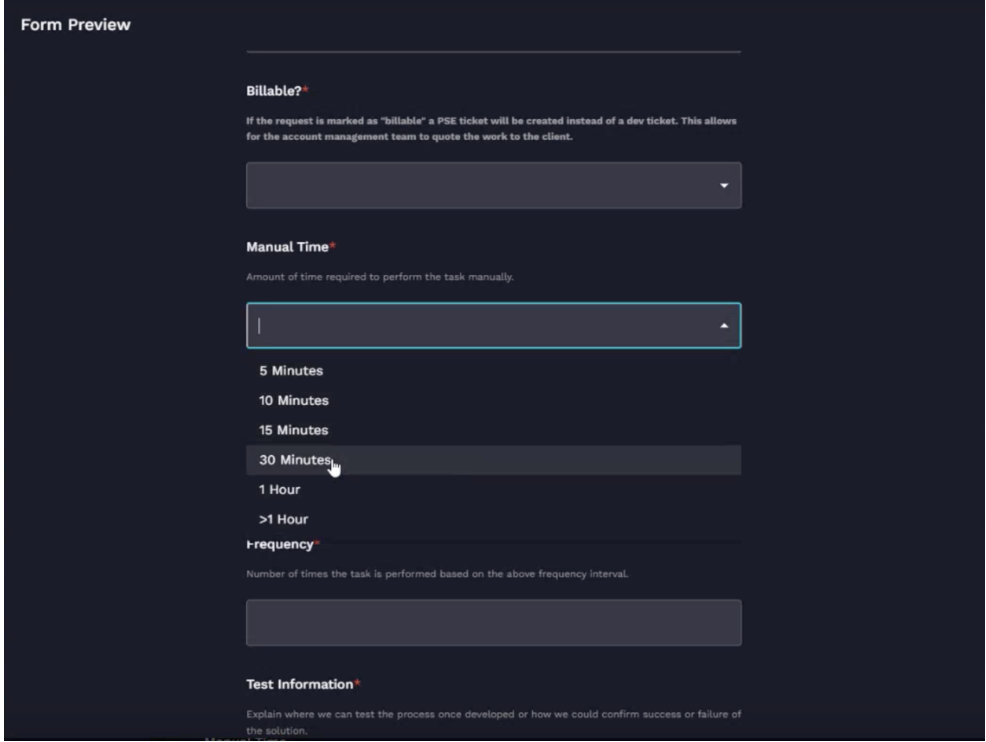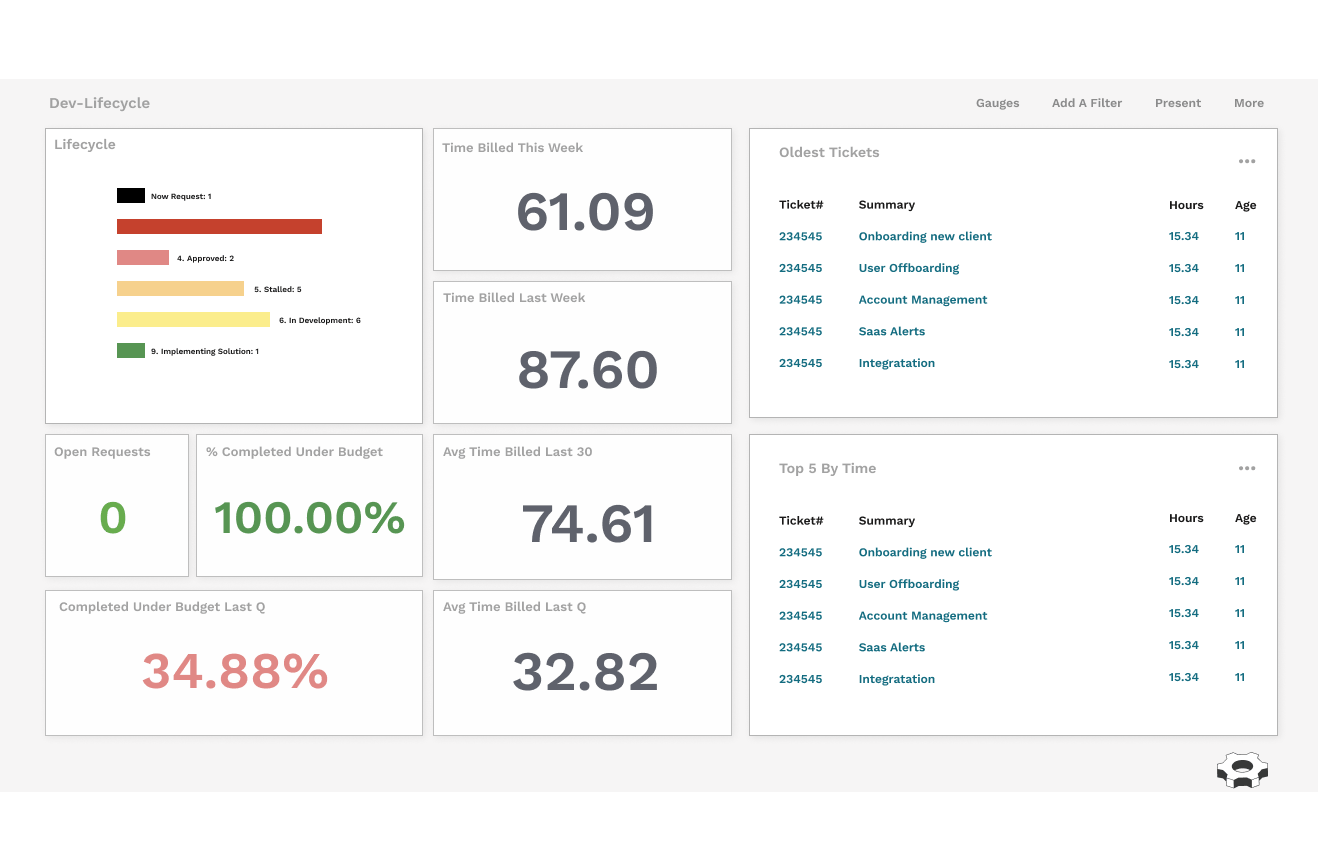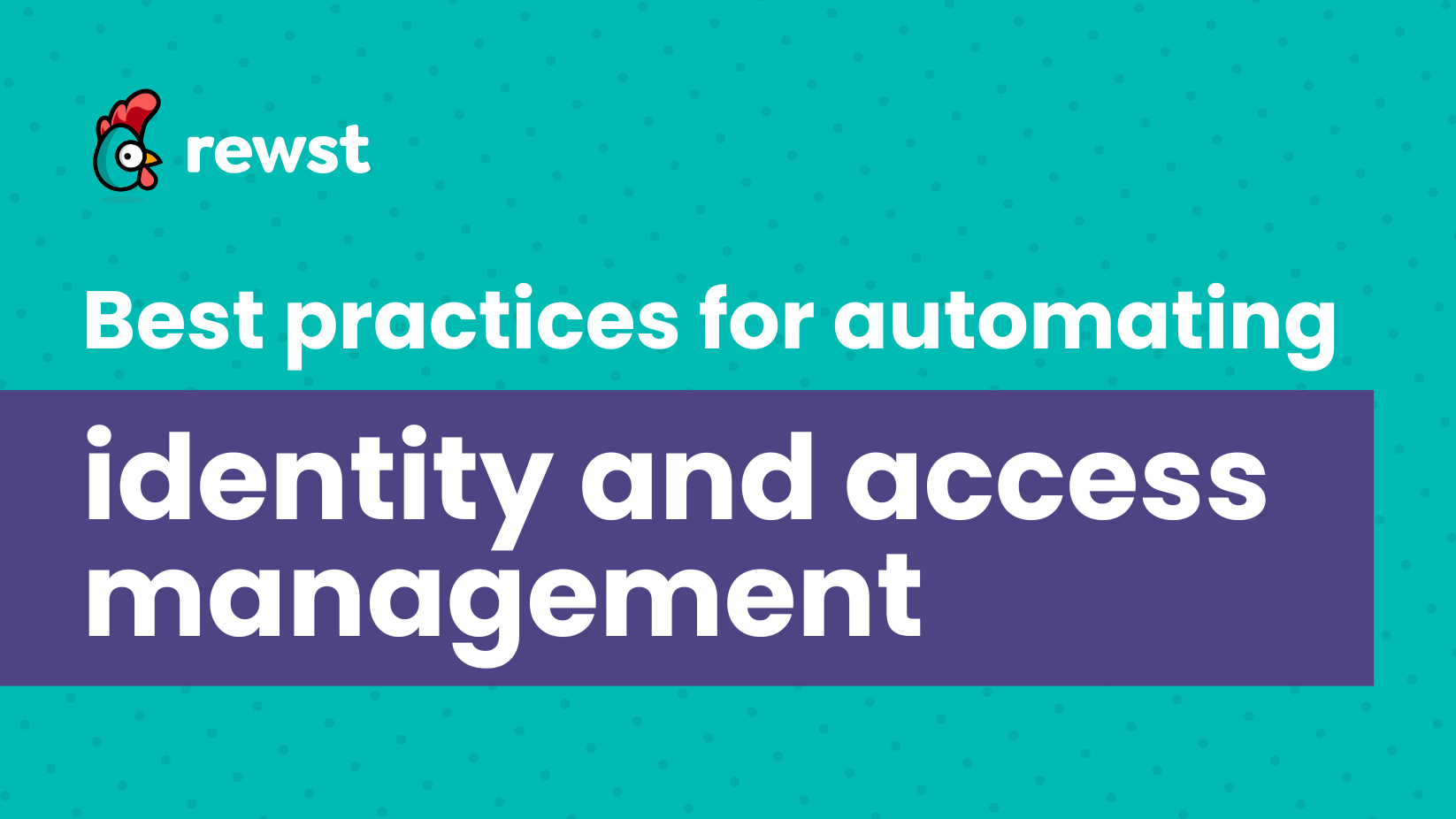How to build a successful MSP automation culture in 5 steps: empower your team
Learn how to build a culture of MSP automation with these four steps. Discover the benefits of involving your entire organization in the journey and how we can help you achieve your automation goals.

Before we dive into the weeds of MSP automation, let’s take a break from our common IT language and imagine a new scenario. Instead of an MSP business owner, CTO, manager, or technician, your new title is now a mushroom farmer. To culture your mushrooms, you must feed them the appropriate nutrients from the start. Once you happily feed them, you can sit and relax while watching them consistently grow on your back porch.
Now let’s take the above scenario and apply it to automation. Shall we?
You need to culture your automation like a mushroom farmer. What do we mean by this? In the same way, you start plants with the proper nutrients, your organization needs the necessary automation ingredients to thrive on day one.
But what if you’ve already started automating? Perhaps, you dove into automation because other MSPs told you they are doing something automated, which seems to be the new “We’ll be completely proactive” line to enhance customer service. In truth, every MSP doesn’t consistently implement automation correctly.
So now you have management-level meetings where you discuss automation, reviewing and prioritizing where to focus based on business value. Perhaps you’ve even designated an automation engineer to build workflows or outsourced to consultants. Before you proceed, it’s important to understand that automation needs other vital ingredients to succeed in your company. Moreover, you need a culture of automation across your entire organization.
You need a culture of automation across your MSP.
So how do you build that culture from the ground up? If you’re the CEO, COO, Service Desk Manager, Senior Technician, etc., you are most likely looking at ways to improve processes and efficiency within your organization. But have you ever implemented a process only for your team to look at you dumbfounded and hardly use it afterward? That’s because your team didn’t understand why the process was there or why they were implementing it, which brings us to step one.
1. Get buy-in and engagement from the team so your newborn automation can grow into a functional adult.

The first step towards a successful MSP automation culture is acceptance. Fortunately, getting buy-in from team members isn’t as tricky as it sounds. You need to do the things you’d typically do for other projects, like:
- Get the team’s feedback on the idea.
- Involve them in planning and implementation.
- Adapt the process over time together.
- Bring in other departments to make sure it works for them too.
Automation implementation is no different from any other process change. So, culturing an environment that shows why you need automation, how it can benefit your team, how it helps your customers, and ultimately, how it benefits everyone helps everything go smoothly.
2. Prepare for the knee-jerk, “I’m not automating this because I’ll be out of a job” feeling.
Folks value job security, so don’t fault them for this thought. Reassure them that no matter how many tasks automation completes, there will always be more. We aren’t just talking about service-related tickets. We’re also considering internal jobs like improving processes, training, development, etc. If you automate new user onboarding, and that means the technician saves 90+ minutes per ticket, it should be seen as a fantastic achievement because that tech can then spend more time on strategic company initiatives.
Note: It’s good to mention that automation does not remove the need for a human. Instead, it frees up technicians’ time from tedious or repetitive tasks and equips them with the big-picture data needed to oversee various projects simultaneously. While we’d love to tell you that you can automate anything and everything, that is untrue.
Let’s look at an example. A level 1 tech might spend two hours weekly just closing ten new user tickets. Using automation, that tech can cut that time from two hours to fifteen minutes (with only 5 minutes of user input). So, 100 minutes (about one and a half hours) times ten weekly tickets = 16.6 hours per month saved. Imagine telling a technician you can save them all of that time on routine tasks. The initial adverse reaction to automation quickly changes.

3. Set realistic expectations about implementation
Automation doesn’t have to be a lengthy and complex process. When you determine what you want to automate, set realistic expectations about the implementation time with your team. Consider automating more manageable tasks first and work your way up to larger workflows. Automating small tasks first gives technicians time to develop their knowledge and experience within an automation platform. It also encourages your company to build the necessary automation foundations.
Remember the nutrients we discussed earlier that you need to culture? Small, reusable sub-workflows are those nutrients. Often, they feed into and become a part of the more extensive process automations later down the road.
For example, you might begin by automating password reset service requests. Typically, a technician spends about 10 minutes logging the ticket, accessing the server, resetting the password, and updating and closing the ticket. However, with automation, the technician logs the ticket with the appropriate details, such as “Tap: Password” “n” “Sub” “Issue Type: Reset.”
The workflow triggers a button on the ticket that, when clicked, automatically updates the ticket with the new password and closes it—effortlessly and efficiently. This streamlined process not only halves the time required but also ensures accurate ticket updates, boosting client satisfaction.
The next step? Providing self-serve access to password resets through a dedicated portal. This eliminates the need for technician involvement altogether, further enhancing efficiency and client convenience.
4. Involve the entire team in your automation decisions
To build an automation culture, involve the entire team. Use features in professional services automation (PSA) tools like pods to get feedback from team members. Then create a form your technicians can fill out. You could even make it simple and call the form, “This would be cool to automate!” Forms are a great way to engage and empower team members to suggest ideas for leveraging automation.
Consider including elements like manual time and frequency in your form field. These elements help leadership prioritize automation requests based on the time a technician usually spends completing the task manually. We’ve included an example of an automation form one of our customers, Jared Brantley, uses below.

When selected, the form triggers a webhook to create a ticket in an internal board, encouraging team participation. From our experience in the managed service provider industry, its important organizations leverage frontline individuals as an automation resource. They often possess valuable insights into areas where automation can yield the greatest results.
5. Consistently communicate results

Consistently communicating results to team members adds an extra layer of involvement besides including request forms. This practice ensures that everyone remains engaged and informed about the automation progress and outcomes. Active and regular results-based communication fosters collaboration and keeps the team members motivated and aligned with the project’s goals. This open feedback loop also helps organizations prioritize what to automate next. Consider something like a Slack or Teams channel where you highlight the following automation results in a monthly post:
- What you’ve built.
- What automation you’re working on.
- Ideas that you are aware of are currently in the backlog.
Aside from technicians, it’s also important to remind senior leadership of the value automation brings each month. Leaders often forget the value after approving an RPA platform and seek ROI-based results. It’s important to capture data around automation time savings and report that back to executives. Here is an example of an ROI-based dashboard our customer built for his senior leaders.

Automation culture in action: one MSP’s example
Sourcepass began its automation journey by addressing a common cultural barrier: resistance to change. Employees often worry automation might replace their roles, but Sourcepass reframed the conversation, emphasizing career opportunities and higher-value tasks. To build buy-in, the team conducted “automation roadshows,” visiting each department to show automation’s potential and ask employees directly about their pain points.
To sustain a culture of automation, Sourcepass implemented a robust intake process using internal tools like Monday.com. Employees from any department could submit automation requests through an intake form tied to their Quest platform. The MSP evaluated these ideas collaboratively, ensuring that automation initiatives addressed real pain points and aligned with existing workflows.
Getting the most out of your MSP automation
We know we’ve shared several ideas in this article. Ultimately the main takeaway is that automation is a journey, not a destination. There are many benefits to involving your entire organization in robotic process automation. Including key decision makers to frontline technicians and clients enables MSPs to build a culture from the ground up.
So, here’s a nutshell of how to build a culture of automation:
- Show individuals, the team, and the organization the benefits of automation tools
- Give all employees the ability to automate or advise on where automation could help them
- Treat automation as something ongoing, not as something that ends
- Make sure the team gets the time needed to explore automation opportunities
- Make it clear that not everything that everyone suggests can or should be automated, but always decide based on the pros and cons and make sure the tech feels heard
One final component is having the right automation platform, so we will shamelessly take this opportunity to mention Rewst. Rewst is a Robotic Process Automation (RPA) platform specifically designed for MSPs. This means it is purpose built to integrate with your existing tools, so you get the most out of your tech stack.
We have more than 100 prebuilt automations that you can install with minimal configuration. In addition, our CluckU is a university we’ve established to train and educate IT professionals so they can get the most out of our platform. Our ROC-star support and customer success teams also help you ideate and support you in your automation journey.
Let’s help your organization put manual tasks out to pasture and get the best out of automation. Discover the ABC’s of getting started with automation today.
Latest Blog Posts
Subscribe to Our Blog
Stay up to date with the latest on our platform, automation, events and news.
We're committed to your privacy. Rewst uses the information you provide to us to contact you about our relevant content, products, and services. You may unsubscribe from these communications at any time.








